Discover the problems early
My work falls into one of 3 areas – either I’m helping clients define, develop or deliver the right digital solutions.
My favourite part of this process is discovering the key problems and pain points – from across the business of the organisation as well as from users.
These insights are then be translated and prioritised into product features, i.e. design and technical requirements that will then make up the new solution.
Of course, the key problems with your current digital product or solution (or lack of it) needs to be mapped for issues and challenges for:
a) end users and their experience interacting with it, and
b) stakeholders at your organisation, and their experience servicing and managing it.
This post is about how to define problem statements at your organisation, through the point of view of your teams and colleagues.
But how many interviews?
Of course, this depends on the complexity of the project and who is deemed a key stakeholder. My rule of thumb is typically between 5-10 stakeholder interviews.
Why? The more people you interview, the clearer the priority order of your uncovered insights will become, but beware you don’t need a huge number of interviewees either.
The more interviews, the less new insights you are likely to uncover.
As the great article ‘How Many Participants for a UX Interview?’ from the Nielsen Norman group states:
“After a certain number of interviews, there are diminishing returns — little new information is learned about the topic of study. This is the point where saturation is reached.”
– Maria Rosala in How Many Participants for a UX interview?
I recommend going through these questions in one-on-one sessions to avoid ‘group think’.
I like to type and make notes while I convene the session, but you can also use Otter to voice record your discovery session and refine the notes afterwards.
Understand their role and responsibilities
What do you do and what’s your story with {insert organisation}?
How would you describe your responsibility?
Talk me through your team structure – where do you sit on the organisational chart?
Who’s in your team? Who do you interact with and work with more often and why?
Is there a ‘lifecycle’ to your work – are there particular busy or quiet periods in the year for you? Why is that?
Discover their pain points
Tell me more about {current product solution} and how it affects your work
Talk me through how you interact with it – what do you need to do with it? Why?
What are the pain points from your point of view? How does it frustrate you exactly?
What’s taking up most of your time – unnecessarily – when it comes to {insert current product solution}?
How are you or people in your team currently solving – or working around some of these issues?
Understand governance and workflow issues
Who owns {insert current product solution} and what’s the story behind that?
How is that working?
Would you say they care most about it? Why? If not – why not and who’s better placed?
How are decisions about it being made? How do teams arrive at what to improve with {insert current product solution?
Who needs to be in a steering group that gets consulted on improvements?
Articulate vision, define goals, prioritise needs
How is success currently being measured and shared around the organisation?
What does success of the new solution look like?
What does success look like to your own workflow and quality of life?
What do we need to understand more of in order to work towards this?
If we had very limited resources, what are the top 3 improvements we need to make that would bring a lot of value to you?
Organise, prioritise, define
Once you’ve got all your notes down, start grouping, organising and prioritising them.
What’s been mentioned most frequently? Are there related responses – and what is the root cause of these? Which are product vs workflow improvements that need to be made?
These are your key insights – and the beginning of how you might tackle solving the most critical problems.
Short on time? This Medium article ‘Using ChatGPT in User Experience Research’ is an excellent resource to shortcut your efforts on this front.
Articulate the problems
Now it’s time to create your problem statements. What’s that, you ask?
As the UX Design Institute describes in this article, “a problem statement is a clear, concise description of the user problem a UX designer needs to solve.”
This Customer Problem Statement template in Miro is an excellent resource to help you with this next step.
Good luck with your discovery process.


